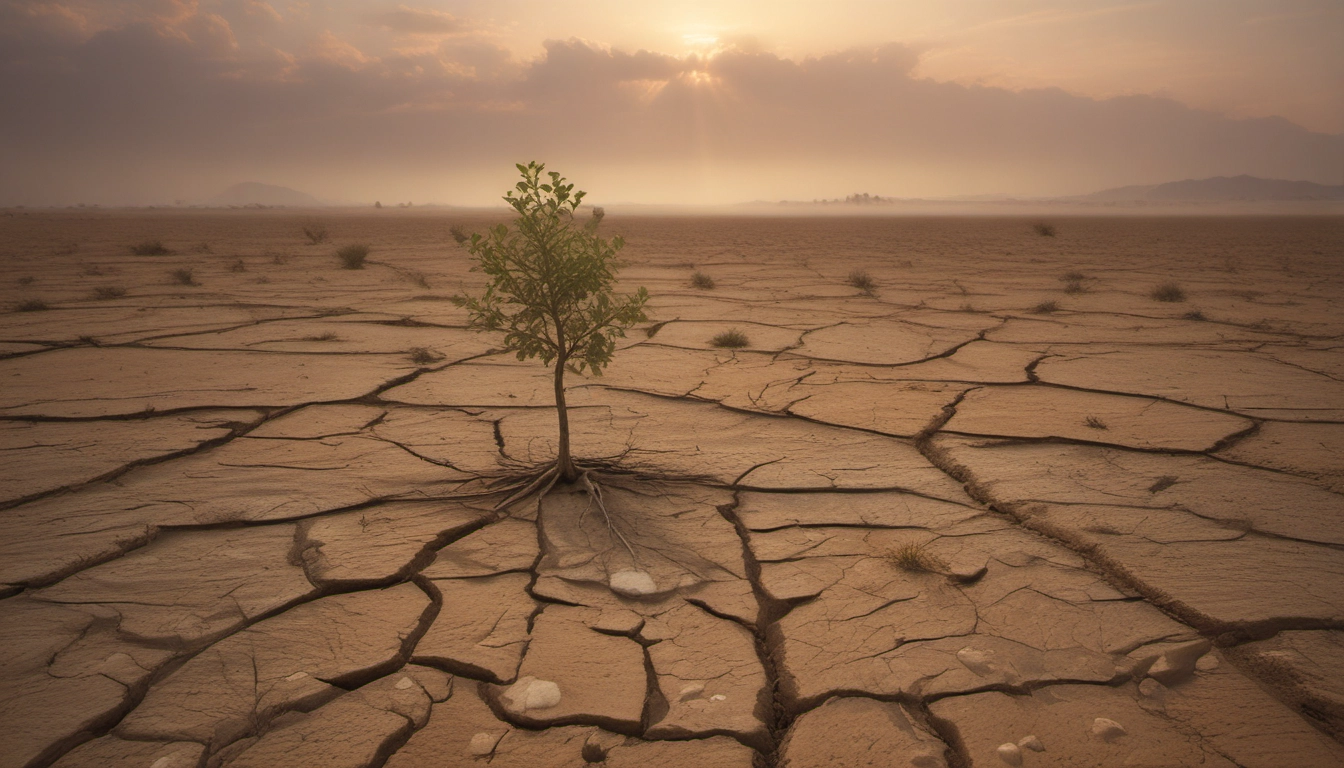Capitalism and the Climate Crisis: An Explainer
A clear, balanced explainer on how capitalism's growth drive links to climate breakdown—key arguments, counterpoints, and four paths forward.

Capitalism and the Climate Crisis: An Explainer
Short answer: Capitalism's need for constant growth and profit helps drive climate change, pollution, and species loss. This explainer shows the main links, common objections, and four paths people talk about to fix the problem.
Why does capitalism require endless growth?
At its core, many businesses and financial systems expect steady growth. Companies chase profits, investors expect returns, and politicians often measure success by GDP. That creates a push to keep producing more and selling more.
- Growth rule: Firms need new customers and higher sales to survive. When growth stops, firms and financial systems can struggle. See a clear critique in It's a Capitalism-Induced Ecological Crisis.
- Extraction: More growth means more raw materials. Forests, minerals, soil, and water are removed faster than they can recover. Academic reviews show how these pressures converge toward collapse (Capitalism and Environmental Collapse).
- Competition and short-term thinking: Firms often pick fast profit over long-term safety. This fuels decisions that harm ecosystems and lock in polluting infrastructure.
How does that lead to ecological collapse?
Three main ways:
- Externalities: Pollution costs are often not paid by the polluter. Air and water get damaged while companies keep profits. This makes harmful activity cheaper, so it keeps happening.
- Fossil fuel lock-in: Investments and policies can favor fossil fuels. One review notes that global capitalist dynamics have pushed heavy fossil fuel use over decades (How Capitalism is a Driving Force).
- Biodiversity loss and scale: Large-scale farming, mining, and logging fragment habitats and reduce species numbers. Scholars link these trends to capitalist production patterns (Monthly Review on ecological crisis).
Data point: some analyses warned that without big changes, energy demand could keep rising—past IEA projections noted large increases in global energy use that risk keeping fossil fuels central to the system (IEA projection cited in PIT Journal).
Common counter-arguments and short replies
- Counter-argument: Capitalism can be good for the environment because rich, free economies invest in cleaner tech (Institute of Economic Affairs).
- Reply: Some wealthy countries have cleaner cities, but their lifestyles often rely on resources and pollution moved elsewhere. That shifts harm rather than removing it. Also, market gains can be outweighed by scale and rebound effects—making things cheaper can raise total use.
- Counter-argument: Technology and markets can decouple growth from harm (ProMarket).
- Reply: Technology helps, but it rarely removes the push for more growth or fixes power imbalances that favor short-term profit. The debate is active: some scholars argue markets can work with strong rules, others say deeper change is needed (The 'wicked trinity' of late capitalism).
Four paths people propose
Here are the main ideas being discussed. Each has strengths and limits.
| Approach | What it says | Pros | Cons |
|---|---|---|---|
| Green capitalism | Use markets and tech to cut emissions while keeping growth. | Leverages business tools and innovation; politically palatable. | May not fix deep power imbalances or curb overall resource use. Critics warn of outsourcing harm. |
| Circular economy | Design out waste, reuse materials, and close loops. | Reduces raw-material demand and pollution. | Requires large policy push and system change to scale. |
| Degrowth | Plan for smaller, steady economies in rich countries and focus on wellbeing over GDP. | Directly tackles the growth problem and lowers pressure on nature. | Difficult politically; needs fair global planning to avoid hurting poorer countries. |
| Eco-socialism / systemic change | Change ownership and decision rules so communities and public systems favor ecological limits. | Targets power structures that create externalities; linked to long-term planning (Monthly Review). | Major political and economic shifts are needed; transition can be contested. |
Trend insight and one clear action you can take
Trend insight: Policy moves like carbon pricing, tighter rules, and corporate disclosure are growing in some places. These can speed clean energy and change business choices if paired with strong enforcement (governance analysis).
One citizen action: Contact your local representatives to support clear rules: stronger emissions limits, ending fossil fuel subsidies, and fair transitions for workers. Join or support groups that push for these policies and push institutions to divest from fossil fuels.
Bottom line
Capitalism's drive for profit and constant growth creates strong pressures that can harm nature. Tech and markets can help, but many experts warn that rules and deeper change are also needed. The debate has many views, from reform to radical change. Knowing the options helps you act — by voting, advocating, or supporting local projects that reduce harm.
"To understand this basic incompatibility is to understand that capitalism, itself, is at the root of our ecological crisis." — summary based on critiques such as Anticapitalist Resistance and academic reviews.
Further reading: see a concise critique (Monthly Review), governance analysis (ScienceDirect), and a range of alternative views including arguments that markets can help (IEA piece).


